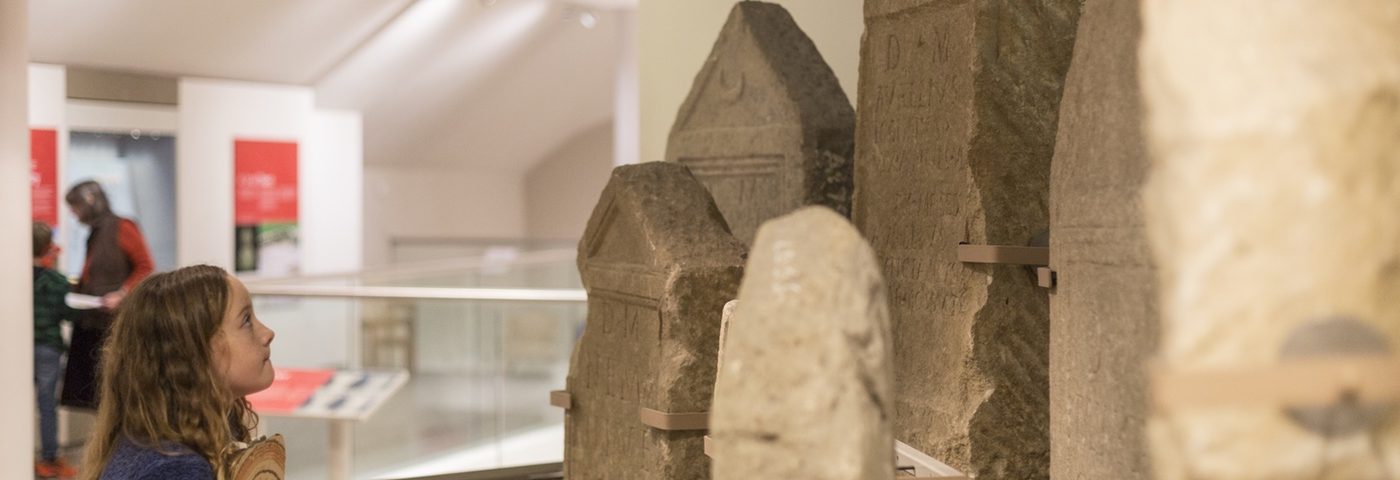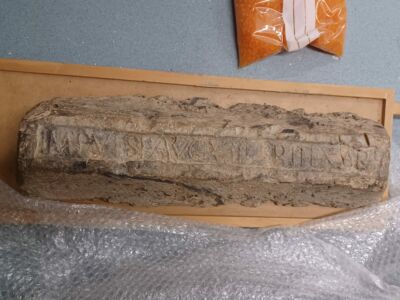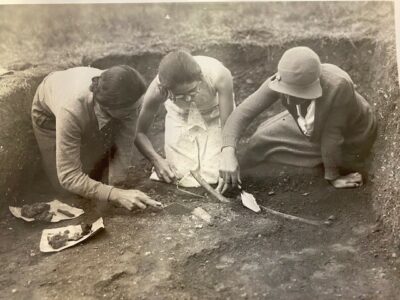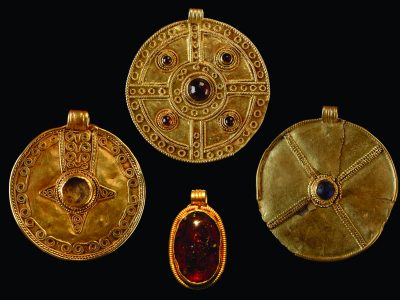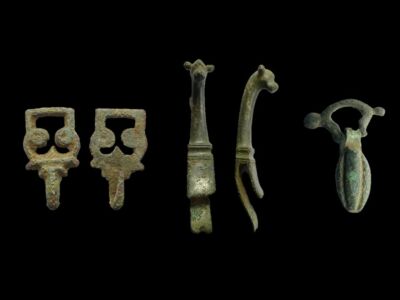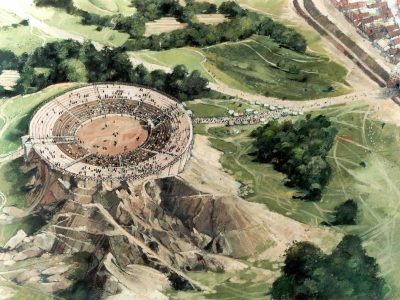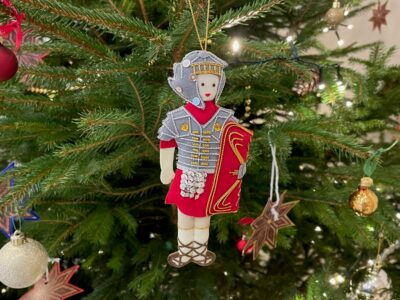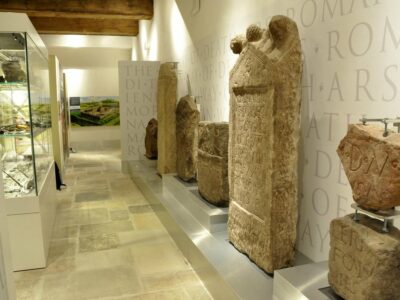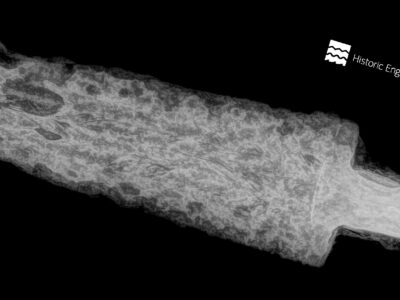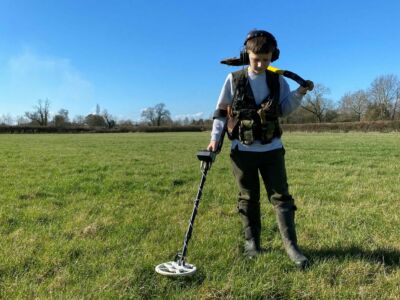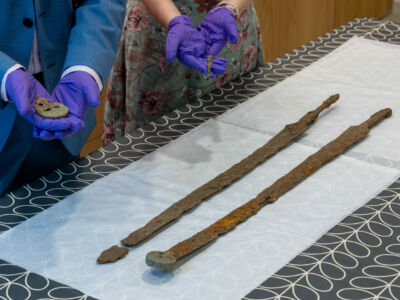Secrets from the stores – lead pig
We have many strange and fantastical things in our stores and I recently had the chance to do a little bit of research into this very large (and heavy) object that isn’t on display. It was found in Syde in 1962 by one Major S.P.H. Simonds while he was ploughing his field. This object is called a lead ‘pig’, but it doesn’t resemble the animal at all, and is a nice big lump of lead.

